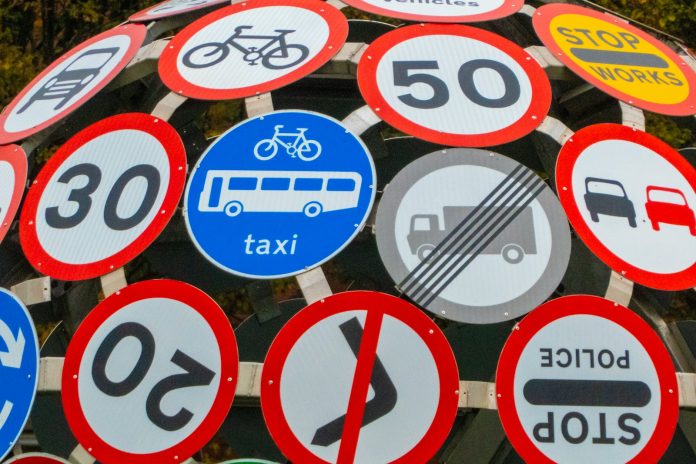The Highway Code governs how drivers, cyclists, pedestrians and more should interact on British roads.
While the code is regularly updated to reflect changes in regulations, it was given its most significant revision in January 2022, with a host of new recommendations and definitions added.
The code differs from UK law surrounding road use, such as needing car insurance, whether it’s short-term or long-term, obeying speed limits and always wearing a seatbelt.
We’re now two years on from several changes to the Highway Code – but how many do you know, and have they changed how you drive?
Hierarchy of Road Users
The new guidance prioritises road users that are most vulnerable in the event of a collision. Pedestrians have the highest priority as they can be seriously injured by other road users.
Per the code the order of priority is as follows:
- Pedestrians
- Cyclists
- Horse riders
- Vehicles
Only pedestrians are entitled to use pavements, but they may also use other areas such as roads and shared-use tracks and be given priority by other users.
Crossing at Junctions
The new section above changes how drivers and pedestrians are expected to behave at junctions. As they now have the highest priority per the code, pedestrians should be allowed to cross if they are waiting at a junction and a vehicle is turning into the junction.
Shared Spaces
Many paths and lanes may be designated for multiple users, such as cycle lanes with pedestrian access.
People cycling are asked to:
- not pass people walking, riding a horse or driving a horse-drawn vehicle closely or at high speed, particularly from behind
- slow down when necessary and let people walking know they are there (for example, by ringing their bell)
- remember that people walking may be deaf, blind or partially sighted
- not pass a horse on the horse’s left
Cyclists’ Positioning
Cyclists are instructed to ride in the centre of the lane on quieter lanes and remain at least half a metre from the kerb. Those cycling in groups can ride two abreast, this may help less experienced cyclists or children feel safer on the road.
Overtaking
If overtaking cyclists or horse riders, motorists must leave at least 1.5 metres of space when passing at 30mph and leave more room if travelling faster.
Cycling at Junctions
Specific traffic lights for cyclists are becoming more common on UK roads, but where they are not present cyclists are instructed to act as though they are driving a car. This involves obeying traffic lights and giving access to pedestrians waiting to cross when approaching junctions or exiting side roads.
Driving at Roundabouts
Motorists should not pass cyclists or horse riders while on a roundabout. These road users may remain in the left-hand lane of the roundabout, regardless of where they intend to exit, so motorists must bear this in mind.
Parking or Leaving Vehicles
The ‘Dutch Reach’ – using your opposite hand to the door to open it – is advised as this makes a driver turn their head and provides a better opportunity to check if there is oncoming traffic from behind a vehicle when parked.

